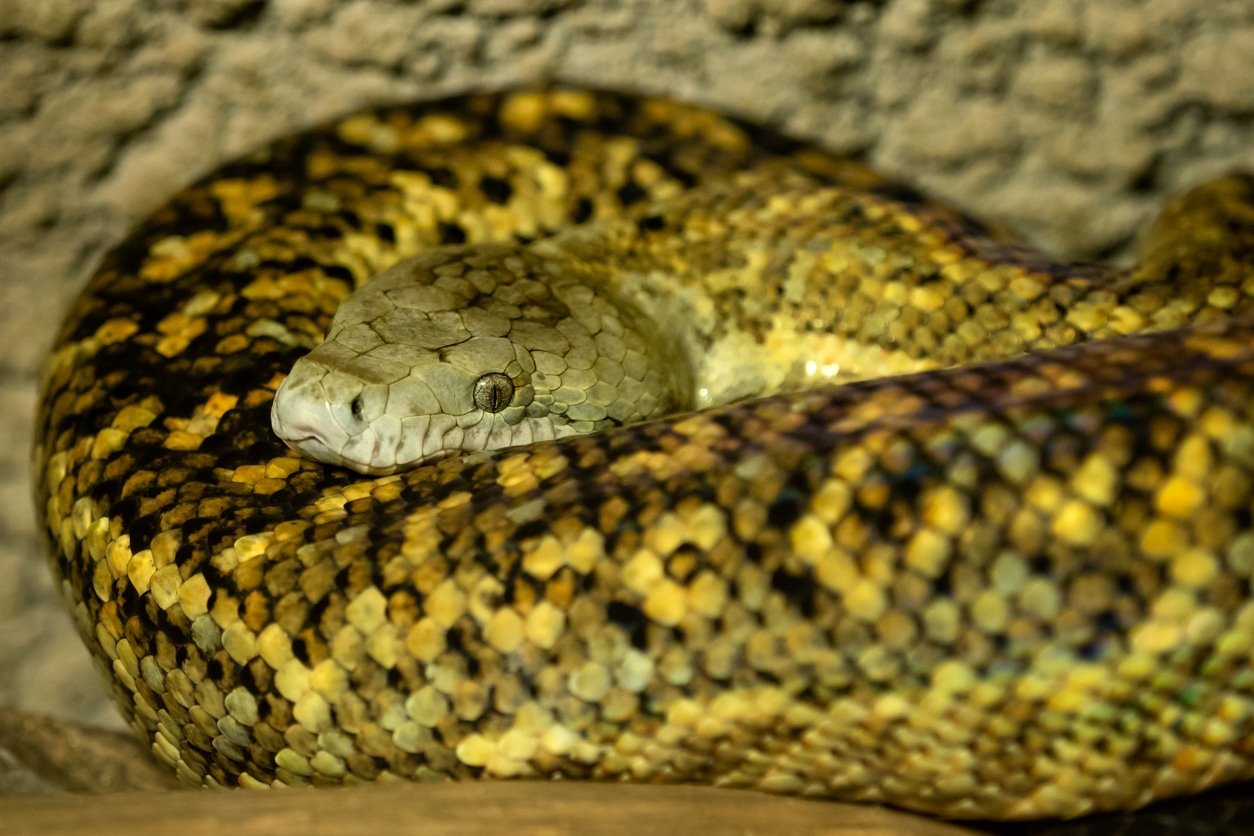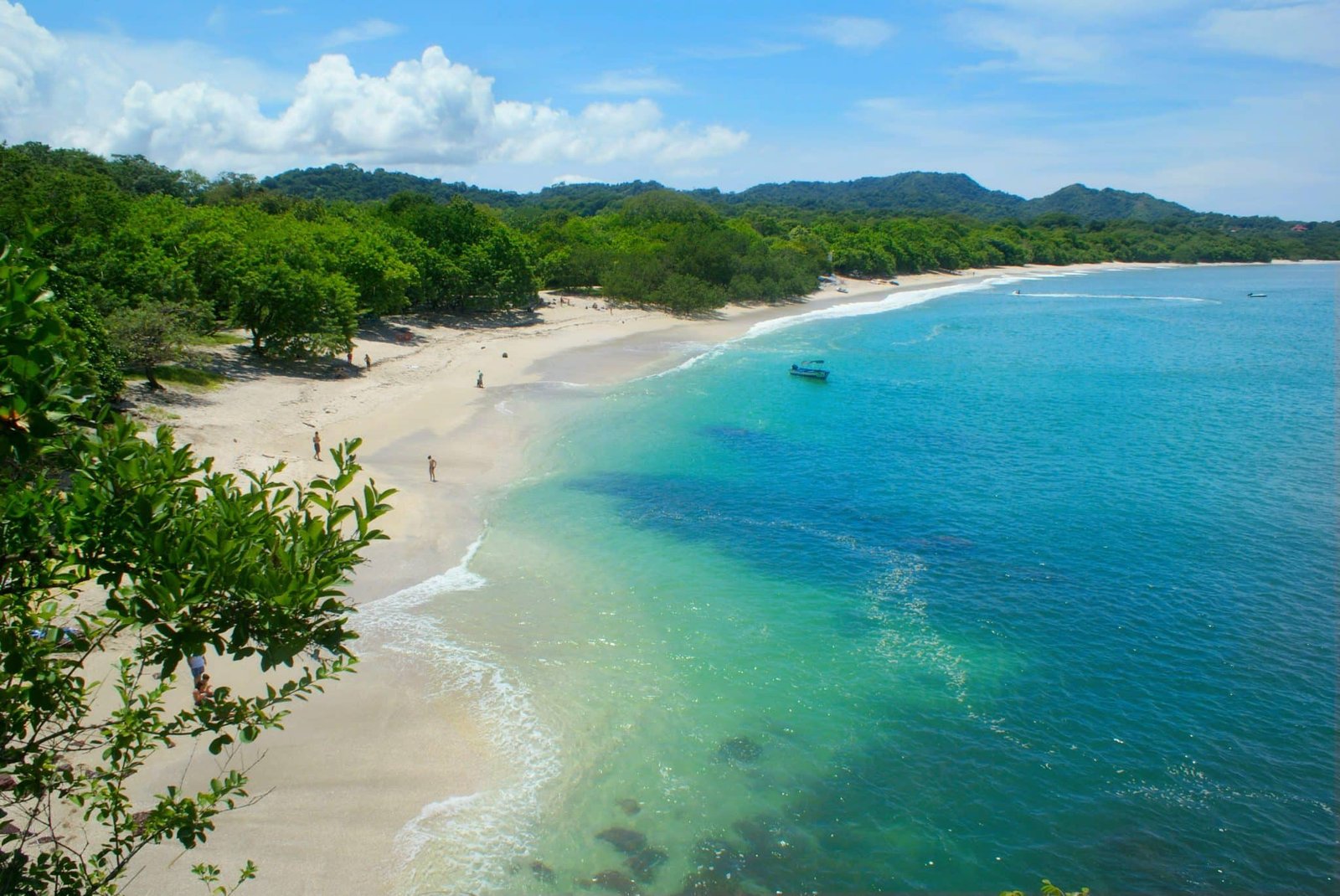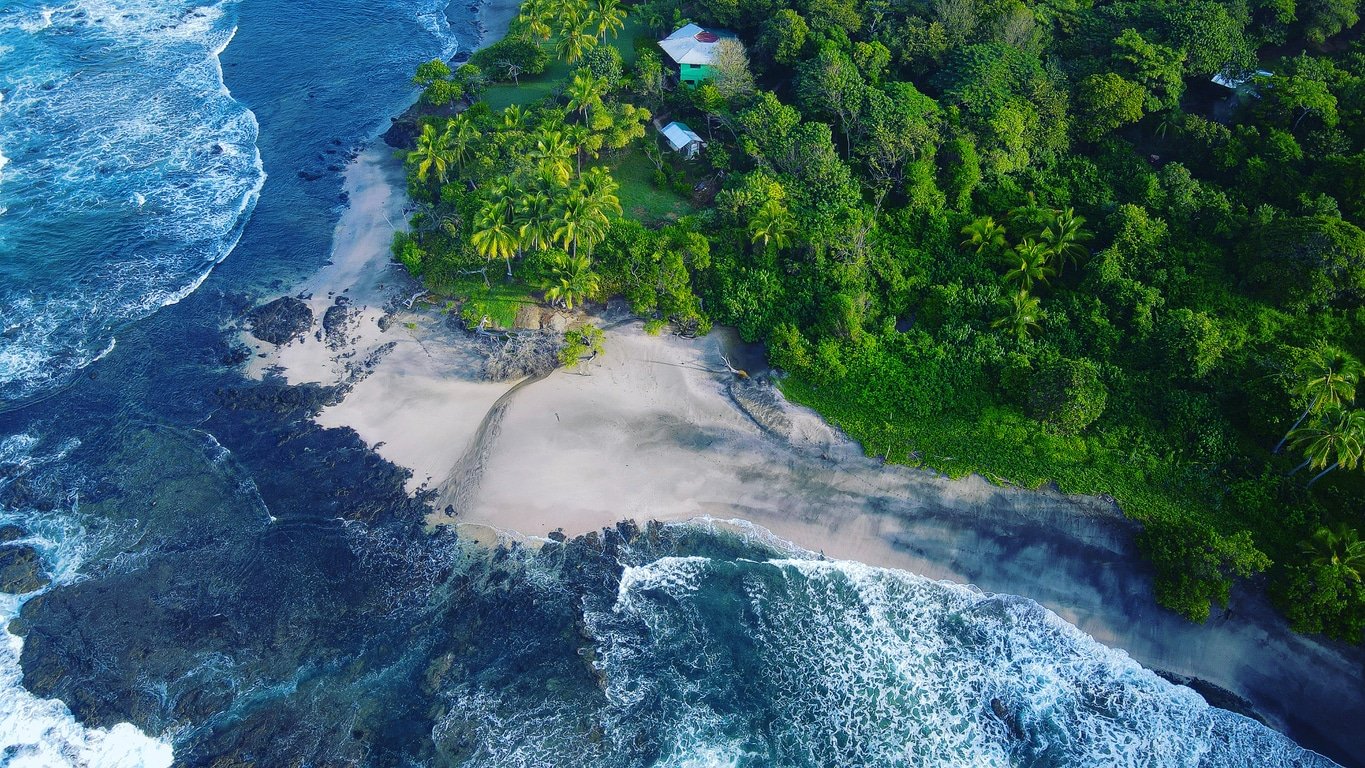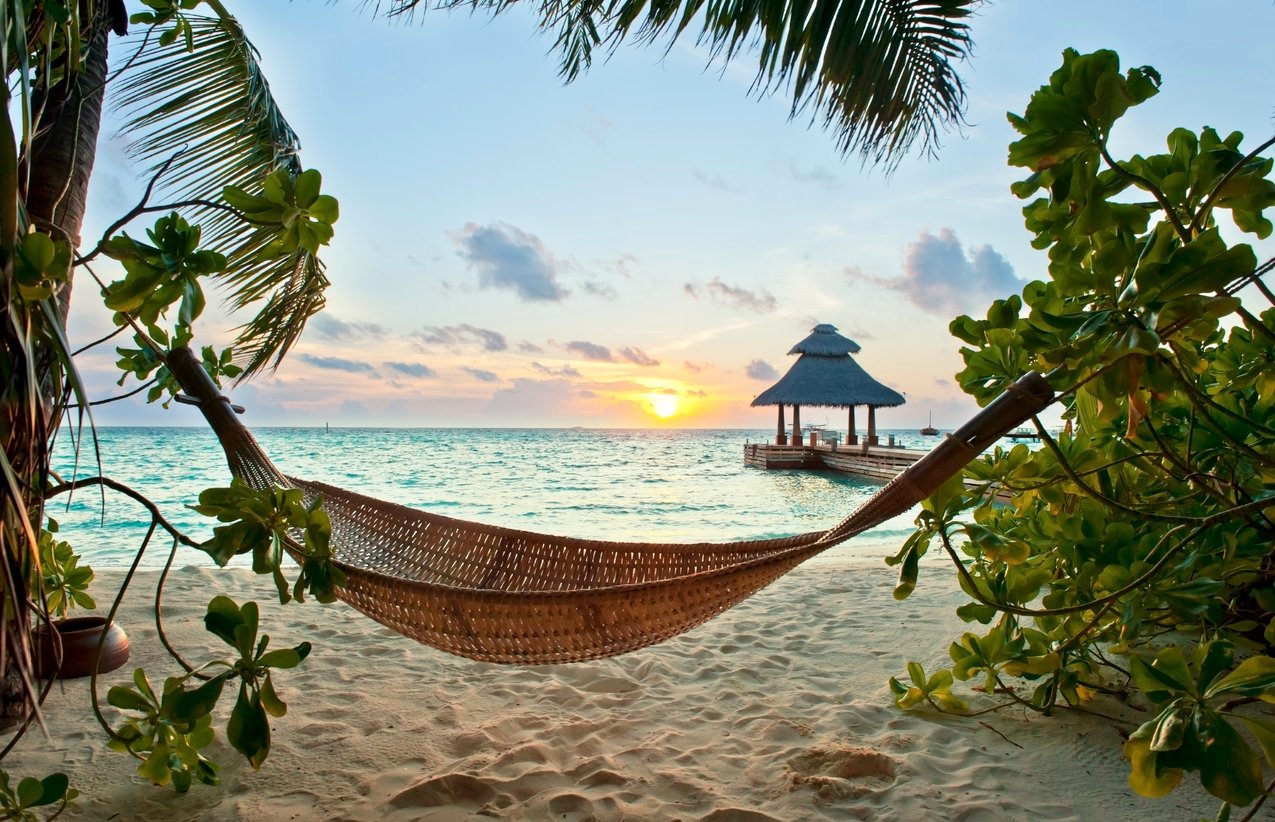Snakes Of The Caribbean: The Species You Could Meet On Vacation!
|
Prefer listening over reading? We got you covered!
Getting your Trinity Audio player ready...
|
The islands of the Caribbean have been a top tourist destination for decades, mostly due to their beautiful beaches and crystal blue waters.
Thanks to increased tourism that relies so heavily on the island’s natural beauty, these days, conservation efforts and tactics are in place to preserve many of the habitats in the Caribbean so tourists will continue to flock to this region for years to come. However, this has not always been the case.
As we take a look at the snakes that are endemic to various islands in the Caribbean, you’ll see a very common theme.
Despite most of them being completely harmless to humans – so there’s no need to be afraid of them – these Caribbean snakes have been killed by generations of humans due to fear and lack of education.
They’ve also been nearly wiped out by invasive species that were introduced on purpose by humans.
The mongoose was introduced to many of the islands in an attempt to wipe out rats that plagued the plantations. While they were very good at their job, the mongoose totally threw off the natural food chain on these islands.
They flourished, having no natural predators, and endangered or wiped out a ton of native species, including many snakes.
Let’s take a look at a few of the most common snake species in the Caribbean, most of which are harmless to humans. Although some are dangerous and you should be aware of them before your travels.

1. St. Vincent Blacksnake
Like the other two species of snakes endemic to St. Vincent, the St. Vincent black snake is endangered with extreme threat of being eliminated.
It is a slate black color and can grow up to around 40 inches when fully grown.
They are a non venomous snake that has been wiped out by the introduction of the mongoose, like so many other snakes in the Caribbean.
2. Barbados Thread Snake
As the world’s smallest snake species, these Caribbean snakes grow to be around 4 inches long. They’re found in Barbados, and sightings have been reported on Grenada and Antigua as well.
They have been described as being as thick as spaghetti, so these guys are really quite small!
The thread snake, also known as the worm snake, is non venomous and has been feeling the effect of deforestation on Barbados, although little is known about the exact numbers left on the island.
3. The Cascabel
The Cascabel, or Aruba Island Rattlesnake, is a very rare endemic Caribbean rattlesnake that comes from the island of Aruba.
They are typically a light pink or brown color, measuring up to about 35 inches. Unlike the majority of the snakes in the Caribbean on our list, they are highly venomous.
4. The Saint Lucia fer de Lance
The Saint Lucia fer de lance is another highly venomous snake, this time being endemic to Saint Lucia.
Although they have a deadly bite, they rarely attempt to attack humans.
However because of their potential to kill humans, they are often killed by those who encounter them. This has caused the snake to become endangered.
5. The Leeward Island Racer
This snake, also known as the Anguillian racer, is endemic to Anguilla and Saint Barthelemy. It was once assumed extinct thanks to, you guessed it, the mongoose, but thankfully some still exist in the wild.
They are also commonly killed by humans. Although they can reach up to nearly 5 feet in length, they are non venomous. You’d be very lucky if you ever caught a glimpse of this Caribbean snake.
6. Caicos Dwarf Boa
This tiny snake from Turks and Caicos is one of the smallest constricting snakes in the world. Reaching up to a measly 9 inches, this non venomous boa feasts on tiny lizards.
They’re often a gray and black speckled color or sometimes a reddish-brown, with a bright orange tip on their tail.
7. Puerto Rican Boa
From the tiny dwarf boa to the huge Puerto Rican boa! These guys grow up to seven feet long, but like most other boas, they are also non venomous.
Rather, they kill their prey by suffocating them using their bodies. These Caribbean snakes spend most of their time up in the trees where they hunt bats, lizards, birds, and other rodents.
Unfortunately, these snakes also are endangered due to the Mongoose wreaking havoc throughout Puerto Rio. (Recommended: Snakes in Puerto Rico).
8. Dominican Blind Snake
Another very small snake, this burrowing snake is blind and can reach about 15 inches. Their small size and brown color give them their secondary name of Dominican worm snake.
They are non venomous and completely harmless with a small, rounded head to help them burrow into the ground. They’re endemic to Dominica.

9. Antiguan Racer
Starting to be a familiar story, the Antiguan racer was once almost entirely wiped out by the mongoose. However, this story has a happy ending!
With extensive work to eradicate the invasive species by the organization Fauna & Flora, the snakes have been reintroduced to the island and are thriving.
The Antiguan racers on the island are now being monitored via microchips to keep track of their survival. They are non venomous and actually emit a stinky smell when threatened.
10. Jamaican Boa
One of the largest Caribbean snakes on our list, the Jamaican boa, also known as the yellow snake, is found in Jamaica. Although they are very large, they are not a threat to humans.
Jamaican boas are gorgeous yellow with a black x-pattern that gets darker as it moves down their back. It is a very crucial part of the food chain in Jamaica, eating bats, rodents, and birds.
The mongoose has had a huge effect on the numbers of Jamaican boas, like so many others. They are considered vulnerable. (Recommended: Snakes in Jamaica).
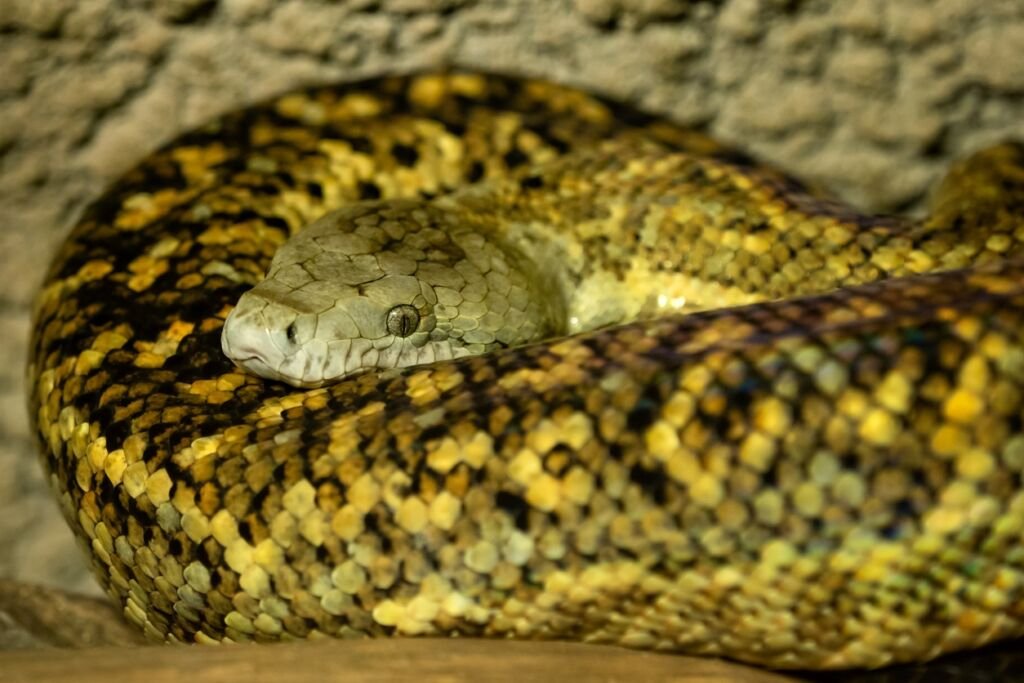
11. The Jamaica Garden Snake
Next up, we have the Jamaican Garden Snake or grass snake. These little guys are also totally harmless, albeit a bit smelly if they feel threatened.
They can release garlic-smelling liquid from their anal glands when they want to escape a predator. Ew!
These common snakes come in an olive green, brown, or grey color. They have a yellow or white marking around their necks. They’re relatively small snakes, measuring up to around 30 inches when full grown.
12. Puerto Rican Wetland Blind Snake
Puerto Rico has many blind snake species, and this one like all of them, is just too small to bite a human and poses no harm.
As the name suggests, you will find this snake in the wetlands. This snake is blind, only around 8 inches long, and its favorite locations are in termite or ant nests because it considers those bugs extremely tasty!
Most of the time this snake lives underground, so you will not see it unless you go digging. If you do see it, you may misidentify it as a long earthworm.
Conservation Efforts Can Change the Future
As you can see, so many snake species on so many of the Caribbean islands have been affected by both humans and invasive species like the mongoose.
However, there is hope. As can be seen from the Antiguan racer, if we put in the work now we can potentially reverse the negative effects that we as humans have had on the local species. By eradicating the invasive species, educating the people, and saving their habitats, it is possible that we can bring back some of the endangered species.


